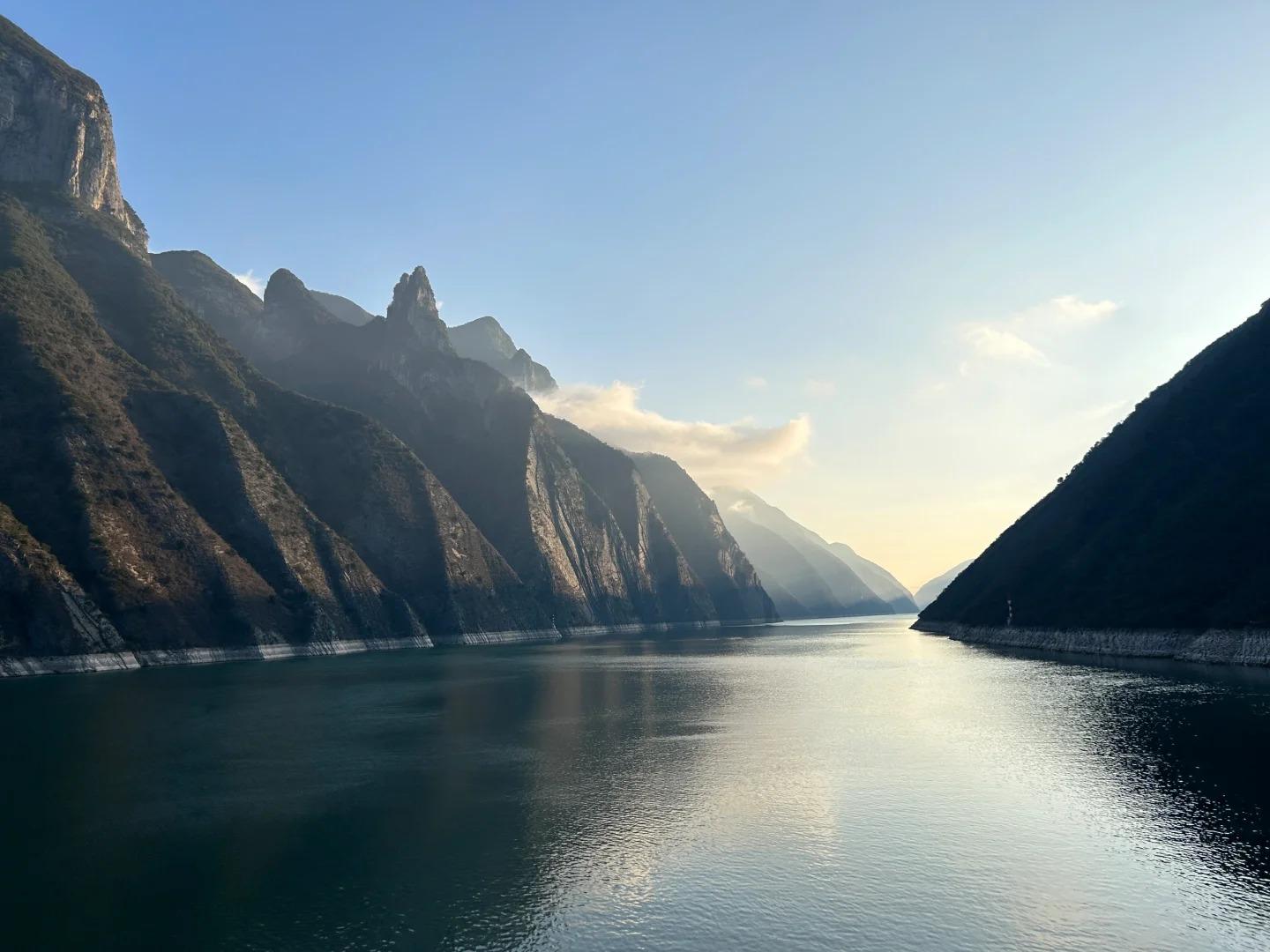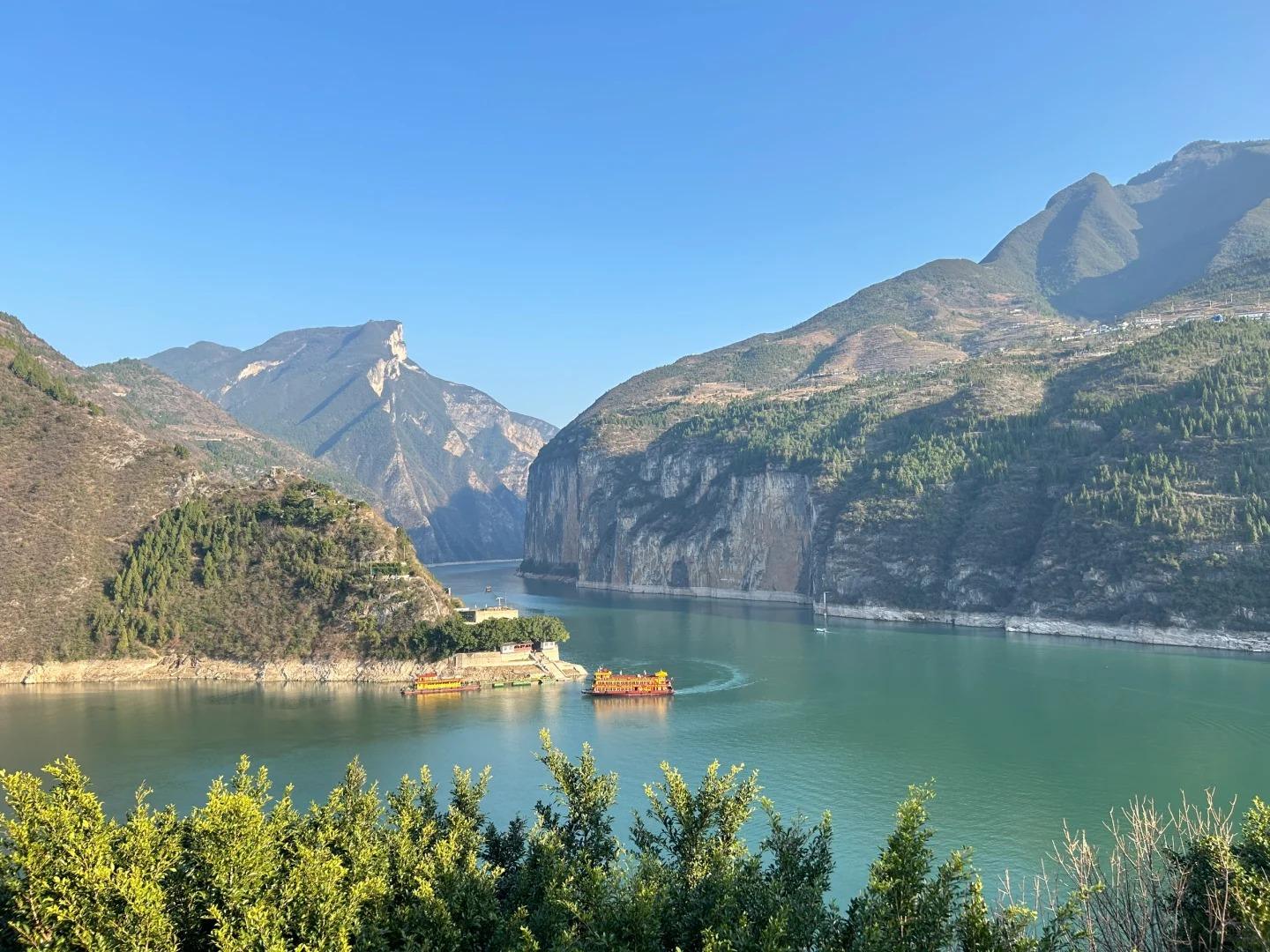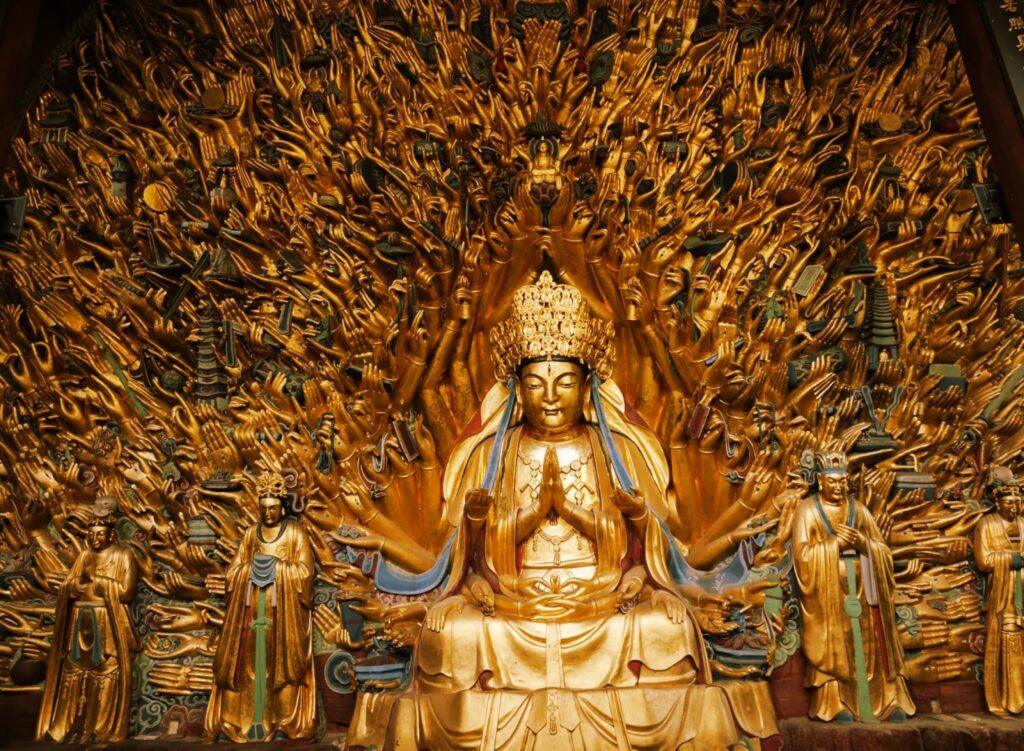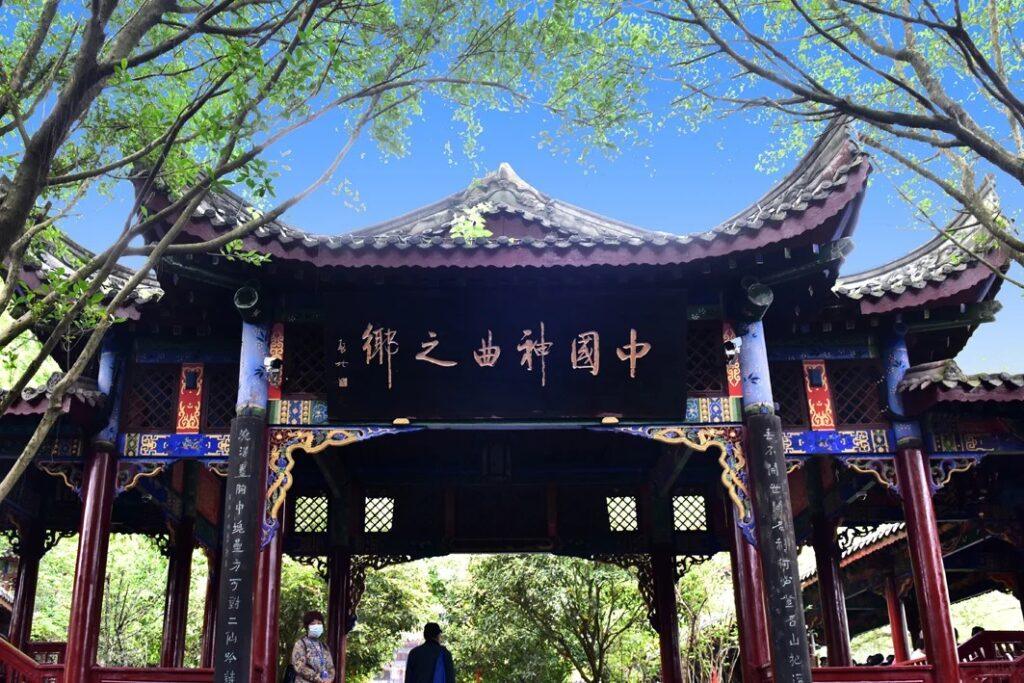Visiting Information
| Information | Details |
|---|---|
| Chinese Name | 三峡 (Sānxiá) |
| Location and Address | Yangtze River, spanning Chongqing Municipality and Hubei Province, China |
| Opening Time/Hours | Open year-round; best viewed during daytime hours |
| Entrance Fee | Varies depending on cruise or tour package chosen |
| How to Get There | By Cruise: Most visitors experience the Three Gorges via river cruise By Bus: Some areas accessible by local buses from nearby cities By Taxi: Limited access to certain viewpoints by taxi from nearby towns |
| Best Time for Visit | April to October for mild weather and clear views |
| Contact Info | Varies by cruise operator or local tourism board |
Overview
The Three Gorges is a scenic area along the Yangtze River in China, consisting of three distinct gorges: Qutang Gorge, Wu Gorge, and Xiling Gorge. Stretching for approximately 200 kilometers, this region is renowned for its stunning natural beauty, rich cultural heritage, and the controversial Three Gorges Dam project.
Historical Background
The Three Gorges area has been significant in Chinese history for thousands of years. It has been a vital waterway for transportation and commerce, inspiring countless poets, painters, and travelers. The region has also been the site of numerous battles due to its strategic importance. In recent times, it gained global attention due to the construction of the Three Gorges Dam, completed in 2006, which dramatically altered the landscape and local ecosystems.

Architectural Features
- Three Gorges Dam: The world’s largest hydroelectric dam, spanning the Yangtze River. It’s a marvel of modern engineering, providing flood control, hydroelectric power, and improved navigation on the river.
- Ancient Plank Road: Remnants of narrow walkways built along the cliff faces of the gorges, dating back to the Han Dynasty. These roads were crucial for river transportation and military purposes in ancient times.
- Hanging Coffins: Mysterious ancient burial sites found high on the cliff faces of the gorges. These coffins, belonging to the Bo people, are a testament to the unique cultural practices of the region’s past inhabitants.
Cultural Importance
The Three Gorges region holds immense cultural significance in Chinese history and literature. It has been the subject of countless poems, paintings, and legends. The area is also home to numerous historical sites and relics, including ancient temples, rock carvings, and archaeological remains. The construction of the Three Gorges Dam, while controversial, represents China’s technological advancement and its efforts to harness natural resources for development.
Surrounding Attractions
- Fengdu Ghost City: A complex of shrines, temples, and monasteries dedicated to the afterlife, located on Ming Mountain. It offers a unique glimpse into traditional Chinese beliefs about death and the underworld.
- White Emperor City: An ancient temple complex perched on a hill overlooking the Qutang Gorge. It’s famous for its historical significance and stunning views of the gorge.
- Three Gorges Museum: Located in Chongqing, this museum houses a vast collection of artifacts and exhibits related to the Three Gorges region, including items salvaged before the dam’s construction flooded many historical sites.
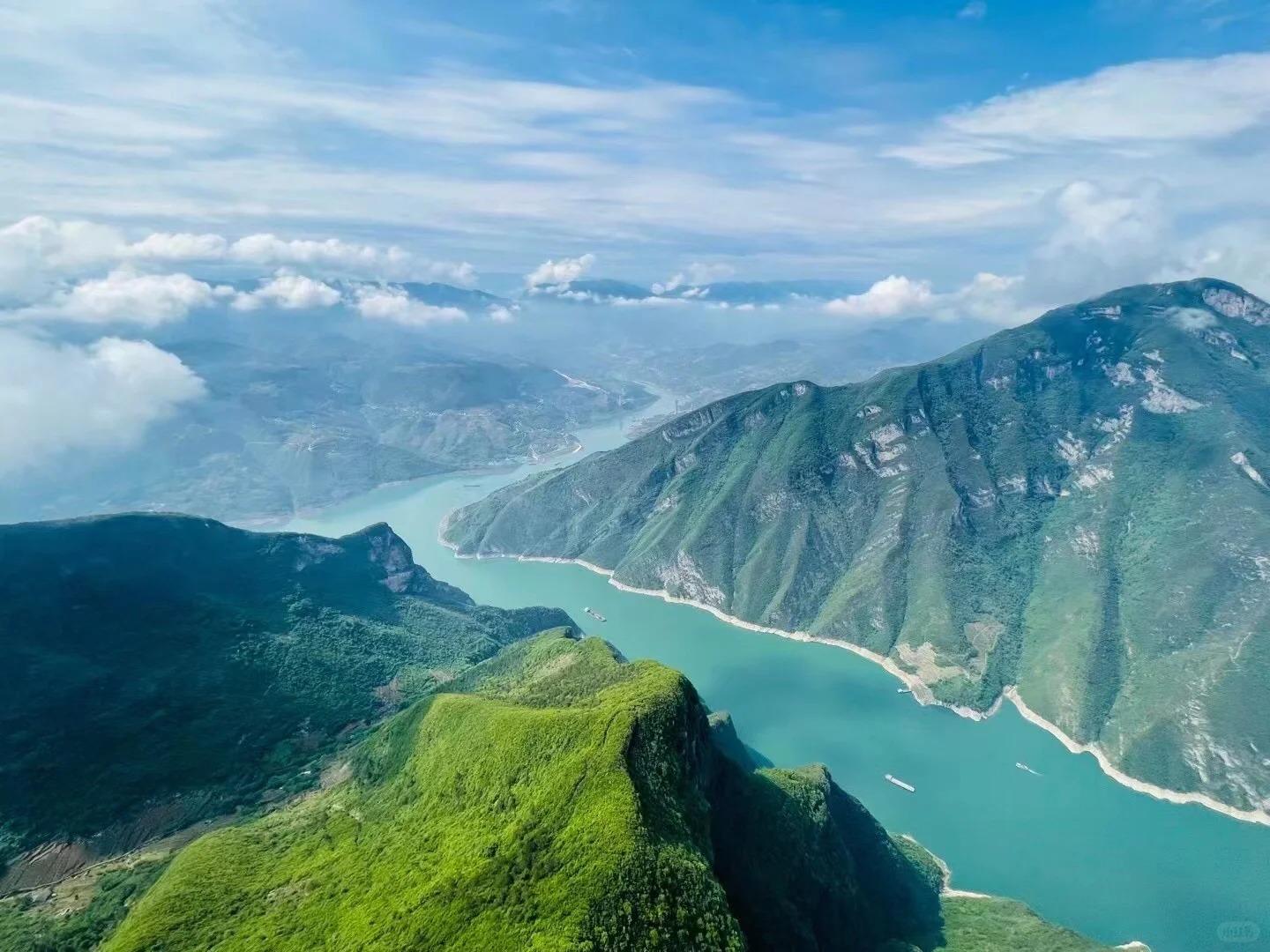
Photography Opportunities
- Scenic Landscapes: The dramatic cliffs and misty waters of the Three Gorges offer breathtaking panoramic shots. Each gorge has its unique characteristics, from the narrow and majestic Qutang Gorge to the elegant and serene Wu Gorge.
- Three Gorges Dam: The massive scale of the dam provides impressive photo opportunities, especially when juxtaposed against the natural beauty of the surrounding landscape.
- Traditional River Life: Despite modernization, glimpses of traditional life along the river can still be captured, including fishermen on bamboo rafts and ancient towns nestled along the shoreline.
Modern Importance
- Hydroelectric Power: The Three Gorges Dam is a major source of renewable energy for China, generating a significant portion of the country’s electricity and reducing reliance on fossil fuels.
- Flood Control: The dam and reservoir system play a crucial role in controlling floods along the Yangtze River, protecting millions of people living downstream.
- Tourism Industry: The Three Gorges region has become a major tourist destination, contributing significantly to the local economy and providing employment opportunities for residents.
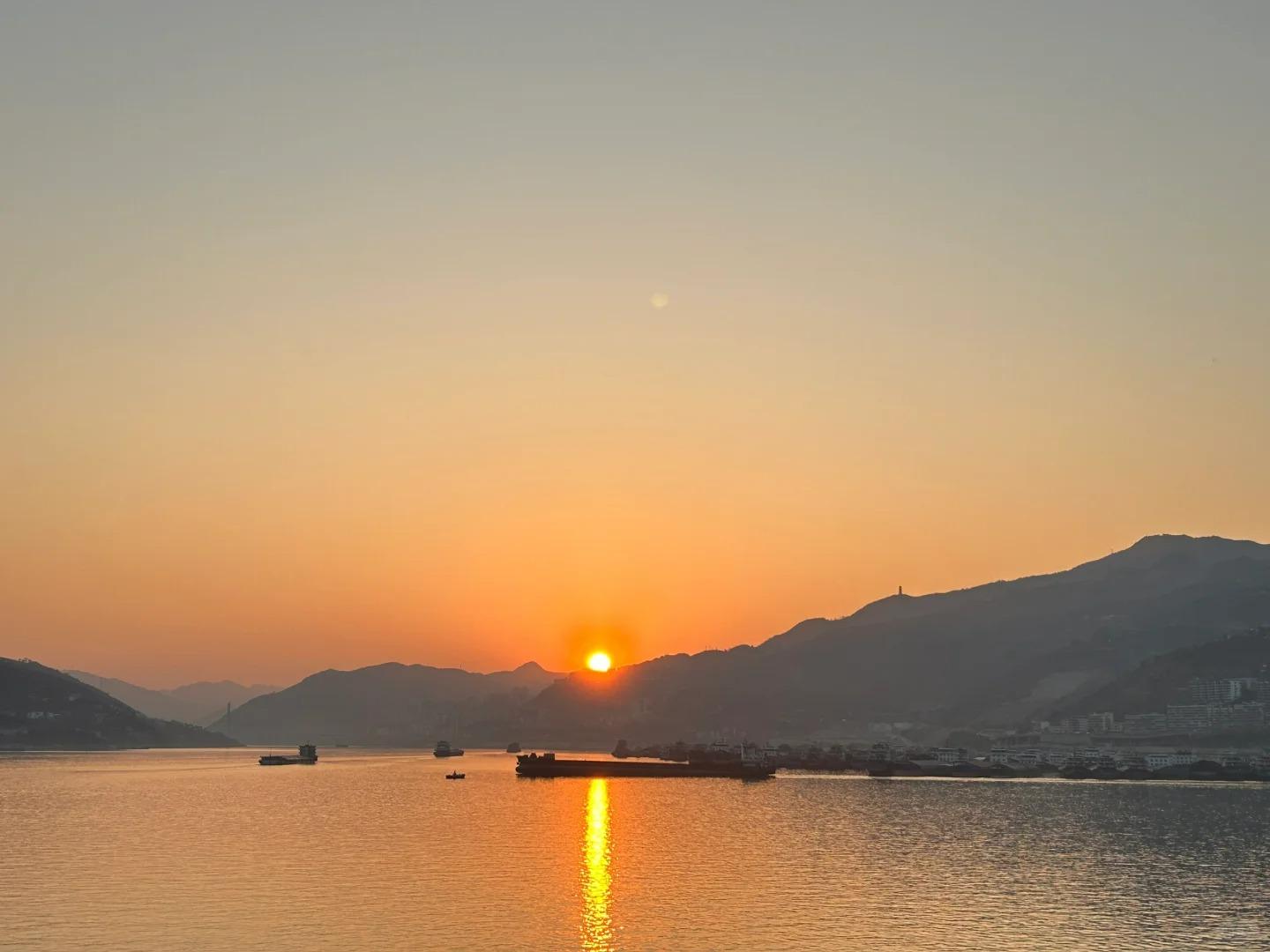
FAQ
- What is Three Gorges famous for?
Three Gorges is famous for its stunning natural beauty, the Three Gorges Dam (the world’s largest hydroelectric dam), and its rich cultural and historical significance along the Yangtze River. - What’s inside Three Gorges?
Three Gorges consists of three distinct gorges: Qutang, Wu, and Xiling. It features dramatic cliffs, misty waters, historical sites like the ancient plank roads and hanging coffins, and the massive Three Gorges Dam. - Is Three Gorges free?
While the Three Gorges itself is a natural landmark, experiencing it typically involves costs such as cruise tickets or tour packages. The Three Gorges Dam has a separate entrance fee for its visitor center. - Is Three Gorges worth visiting?
Yes, Three Gorges is definitely worth visiting. It offers breathtaking scenery, fascinating history, and the opportunity to see one of the world’s engineering marvels in the Three Gorges Dam. - What to do in Three Gorges?
Visitors can take a river cruise to enjoy the scenery, visit historical sites like White Emperor City, explore the Three Gorges Dam, observe traditional river life, and enjoy local cuisine and culture in nearby towns. - How do I get to Three Gorges in the local city?
The main cities to access Three Gorges are Chongqing and Yichang. From these cities, the most common way to experience Three Gorges is by taking a river cruise. You can also reach certain viewpoints by bus or car from nearby towns like Fengjie or Wushan. - How to visit Three Gorges?
The most popular way to visit Three Gorges is by taking a multi-day river cruise. These cruises typically start from either Chongqing or Yichang and pass through all three gorges. It’s advisable to book in advance, especially during peak tourist seasons. For a more budget-friendly option, you can take day trips to specific viewpoints or sections of the gorges from nearby cities.


